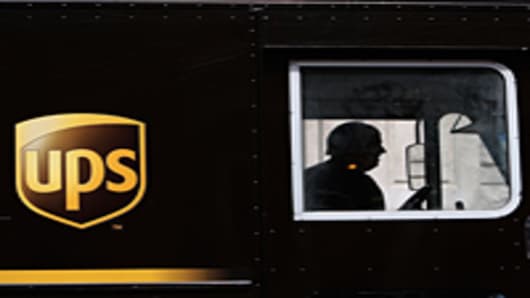Fed Ex and UPS deliver nearly 6.5 billion packages a year. For perspective, that's about one package for every person on the planet. What's more incredible is that an unbelievably high percentage of them are delivered on time, regardless of weather, distance or size of package.
"Our customers don't care that it's sleeting and snowing," said Fed Ex's Dan Allen, who works on the airline side of the business. "They want their package, and they want it delivered on time tomorrow."
When you first look at the two companies, it's reminiscent of some other high-profile duopolies. Coke and Pepsi. McDonalds and Burger King. Boxers and briefs. They're in similar spaces, and from afar, they might look the same, but they're not.



